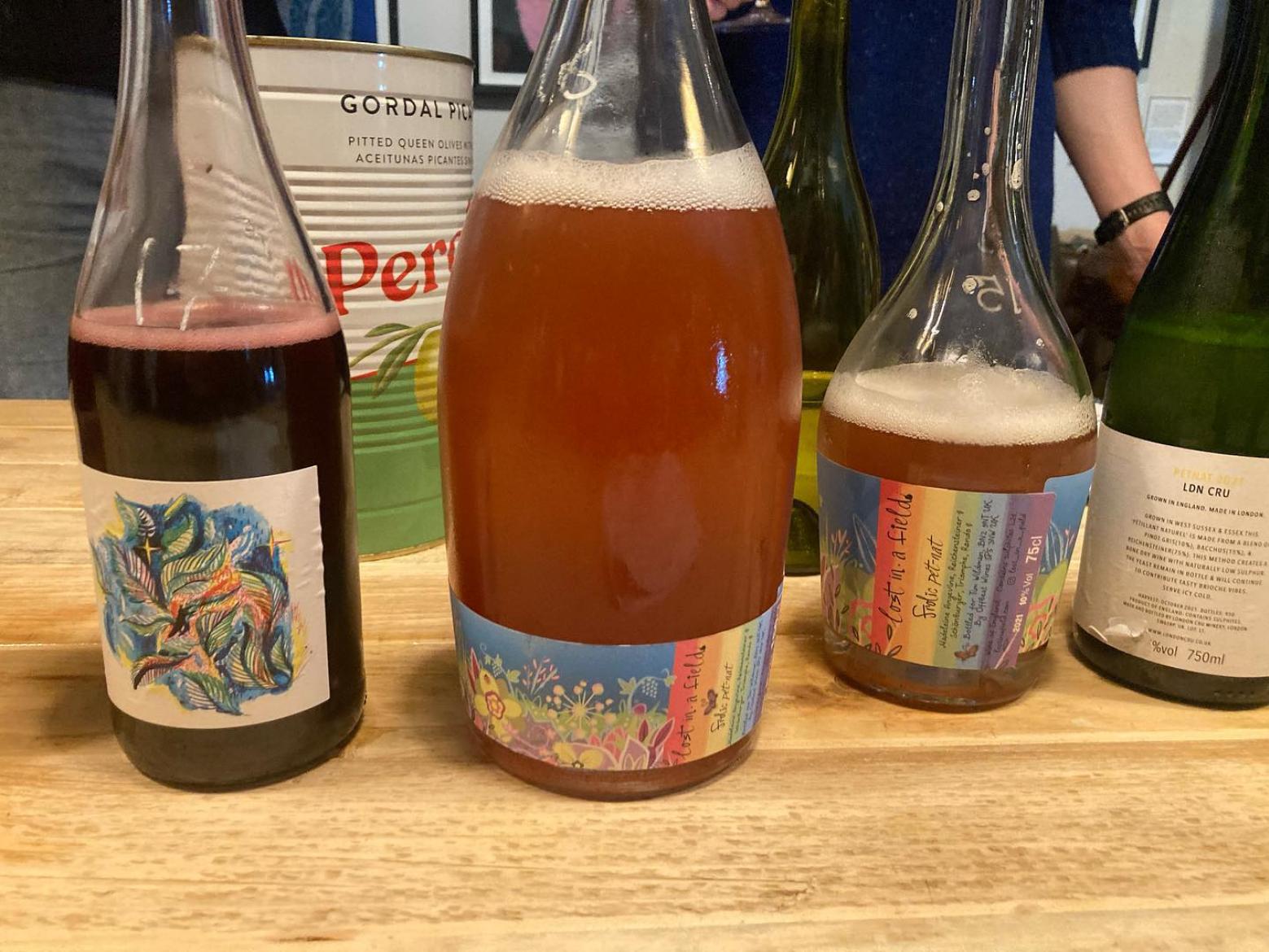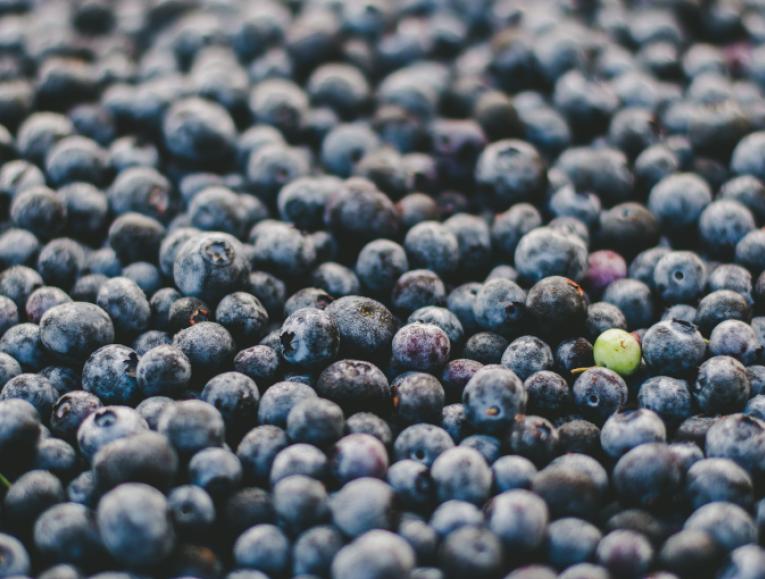Field Blends
Βy Olga Antoniadou
I don’t know if you’ve ever noticed that when you find yourself in a big city with a mix of people, ethnicities, skin colours, dress, food, music, and traditions, it makes things interesting, lively, a feast for the eyes and the mind. You can simply sit in a nice café, enjoying a cup of coffee and look around. You don’t even need company. The buzz, the sounds, and the smells are enough company. Just watching the comings and goings.
One could argue that being in an environment where everyone looks quite similar imparts a sense of purity and, perhaps, security. Security arises from knowing what to expect and when—a kind of order.
In my studies of wine, I have been led to understand that viticulturists or winemakers need a sense of control over things. So, for example, particular varieties or even particular clones are used to make specific styles of wine. If varieties are blended, or parcels or wines have been treated differently in the winery, precise standards are adhered to so that the outcome is what was expected.
Field blends are a different story. Many varieties, sometimes as many as 60 (in Douro Valley), known or obscure, are planted haphazardly in a piece of land. Nowadays, usually old, low-yielding vines have been kept partly as an honour to tradition and partly for sentimental reasons. These varieties do not ripen simultaneously, have a uniform expression, and are not usually harvested with several passes through the vineyard for optimal ripeness. They also differ in their phenolics, acidity, aromatic complexity, and tannin ripeness. They are harvested together, co-fermented, usually with ambient yeasts defying all taught as “correct” regarding vineyard management, harvesting and winemaking.
This article was inspired by the fact that I recently tried an amazingly fun, lovable British field blend Pét-nat (I will be writing about my tasting of 10 British wines, both still and sparkling), and from the recent article of Yiannis Karakasis MW “Wine Revelations: Ekho Project” and it made me remember that whenever I’ve tasted field blends, I absolutely loved them.
I tried a few in the Douro valley, in Alsace, some from California, and recently the aforementioned British Pét-nat “Lost in a Field” by Tim Wildman MW. I won’t hold that I have a massive experience with field blends or that I have tasted all that can be found. But, just like my example of big cities with the beauty of diversity, field blends have an unsurpassable complexity of aromas and flavours. There is undoubtedly balance because, somehow, the various characteristics of the different varieties, even each other out. The difference in ripeness adds fresher, maybe some unripe, and more full and ripe notes. There is a whole range of flavours and a whole range of structures unfolding simultaneously, and this is what makes them exciting.
I’m sure there was a pearl of wisdom to this mix of plantings. Some vines were probably more frost-resistant, wind-resistant, drought-resistant, or disease-resistant. Some were more tannic and thick-skinned. Some were more ethereal and had higher acidity, but, most importantly, in the end, one would always harvest a crop no matter what the circumstances. I also imagine that this gave rise to natural crossings, which, over time, produced even greater diversity. And maybe it’s just me, but I somehow think of diversity as a form of pluralism and magnitude.
I was wondering if it’s time to rethink our attitude toward “eugenics” pardon me for borrowing a term from human biology as it comes easier to me. Perhaps it is the right moment to broaden the idea of regeneration to include not only soil health and different plants, insects and animals but also many different vines all growing happily next to each other.
Photo credit: Tim Wildman Facebook




